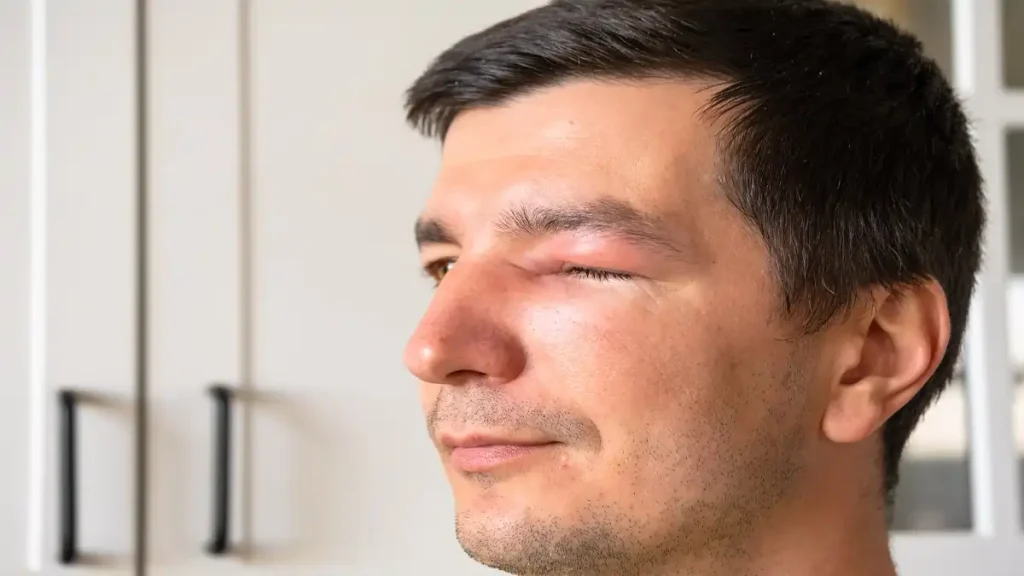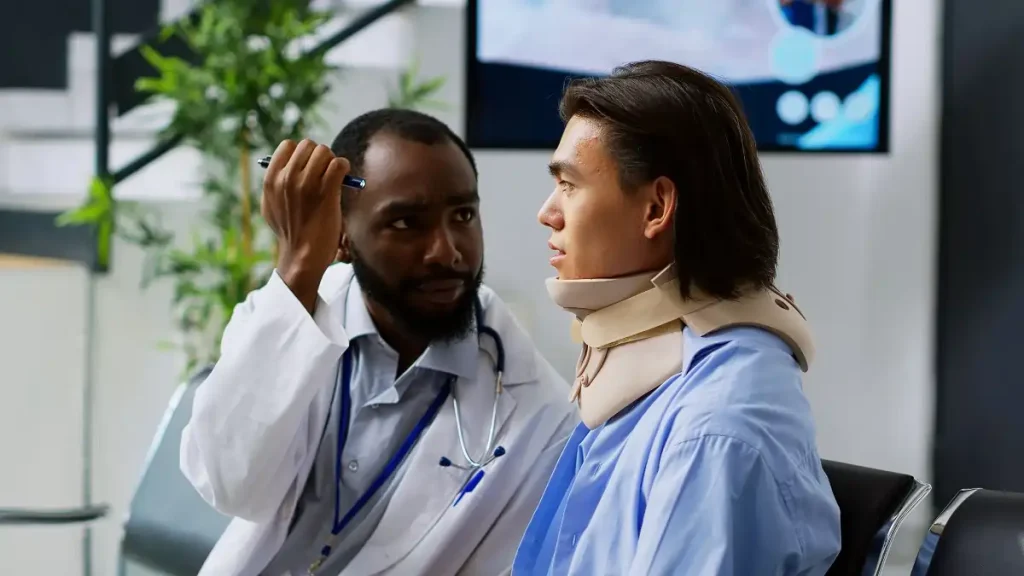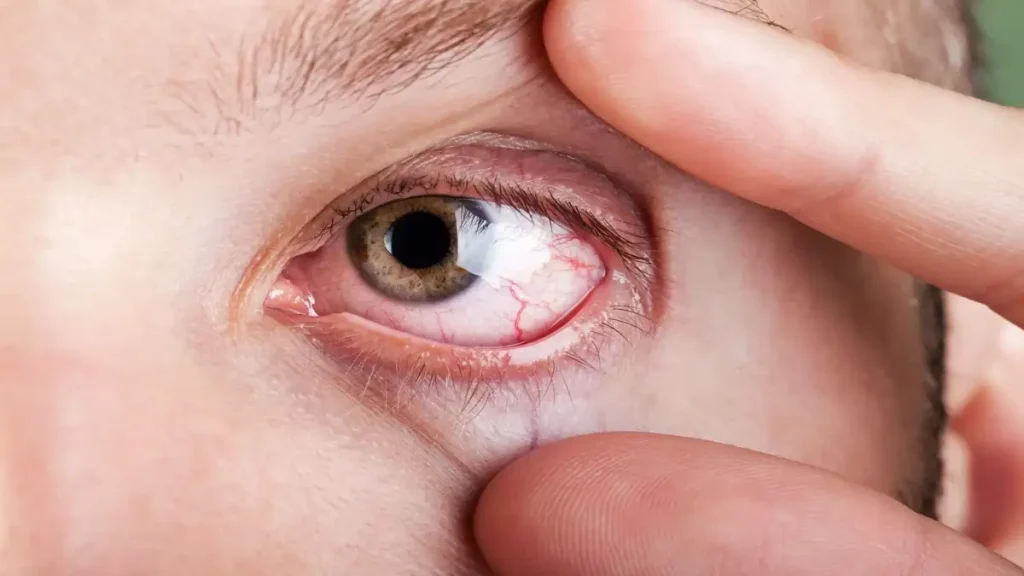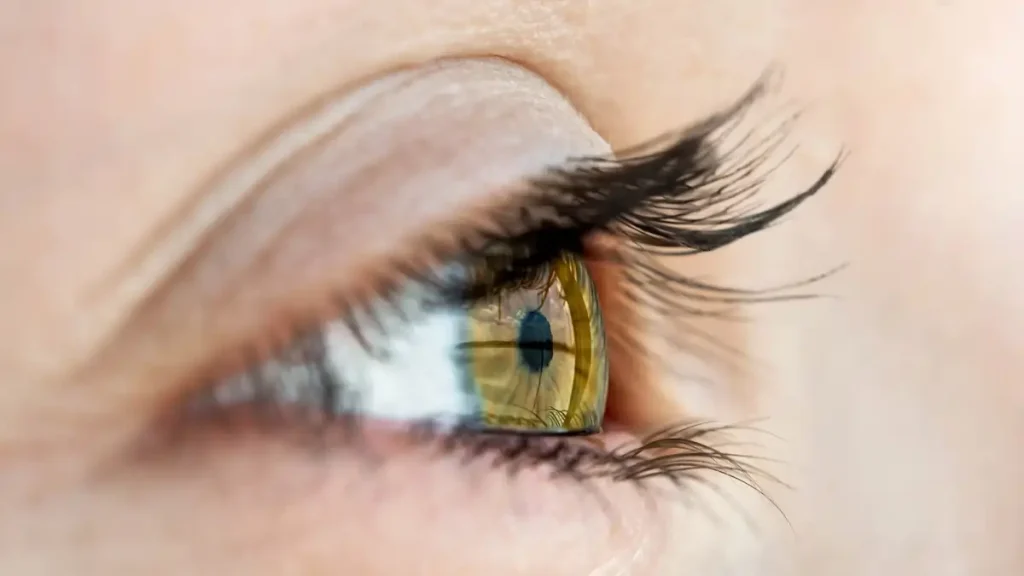Orbital Reconstruction
What is Orbital Reconstruction? Orbital reconstruction refers to a surgical procedure aimed at restoring the external and internal orbital anatomy to its original or premorbid form. The goal of this procedure is to correct deformities or abnormalities in the orbital region caused by trauma, congenital anomalies, or previous surgeries. During orbital reconstruction, the surgeon works […]








